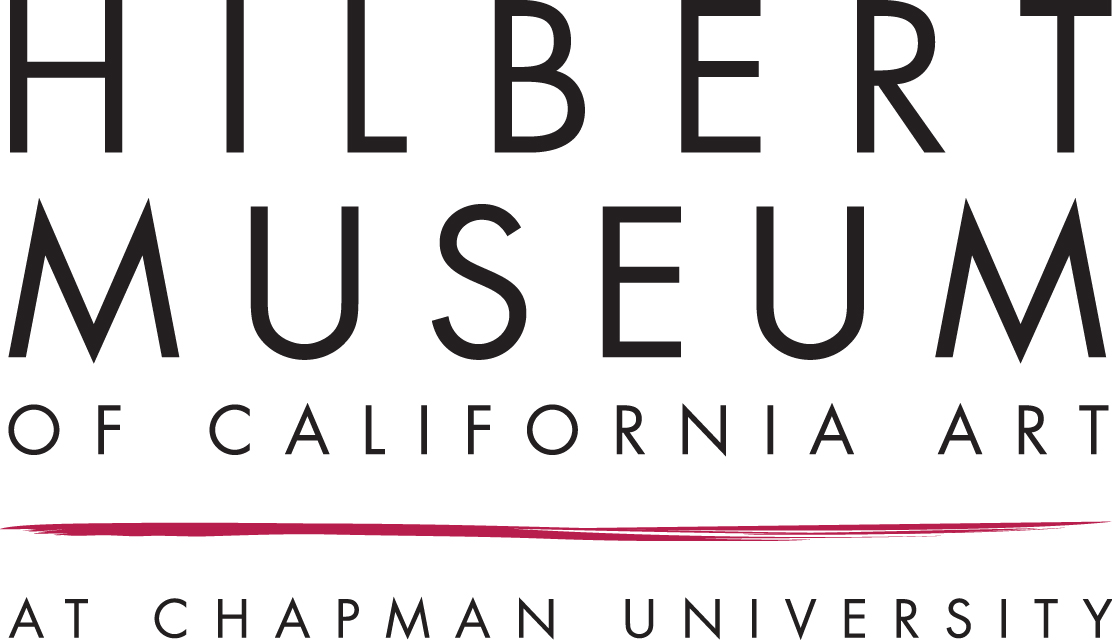Marc Chagall
Russian-French, 1887 - 1985
Before World War I, he traveled between St. Petersburg, Paris, and Berlin. During this period he created his own mixture and style of modern art based on his idea of Eastern European Jewish folk culture. He spent the wartime years in Soviet Belarus, becoming one of the country's most distinguished artists and a member of the modernist avant-garde, founding the Vitebsk Arts College before leaving again for Paris in 1922.
He had two basic reputations: as a pioneer of modernism and as a major Jewish artist. He experienced modernism's "golden age" in Paris, where "he synthesized the art forms of Cubism, Symbolism, and Fauvism, and the influence of Fauvism gave rise to Surrealism". Yet throughout these phases of his style "he remained most emphatically a Jewish artist, whose work was one long dreamy reverie of life in his native village of Vitebsk." "When Matisse dies," Pablo Picasso remarked in the 1950s, "Chagall will be the only painter left who understands what colour really is".
(https://www.washingtonpost.com/entertainment/theater_dance/marc-chagall-the-french-painter-who-inspired-the-title-fiddler-on-the-roof/2014/10/23/0230b382-5480-11e4-ba4b-f6333e2c0453_story.html, https://www.wdl.org/en/item/9615/, https://archive.org/stream/cubistepoch00coop#page/130/mode/2up, http://www.nytimes.com/1987/02/08/arts/stamps-a-tribute-of-seven-nations-marks-the-chagall-centennial.html?pagewanted=all)
Person TypeIndividual














